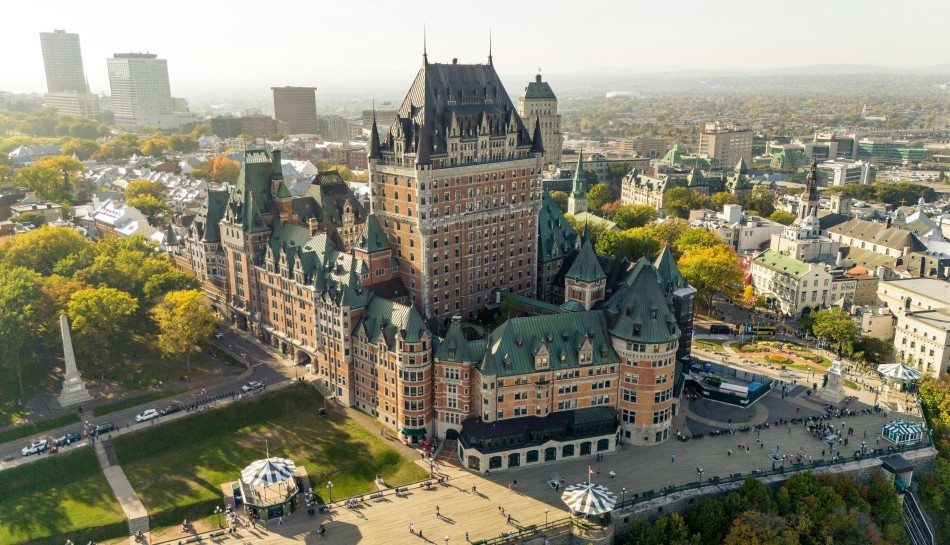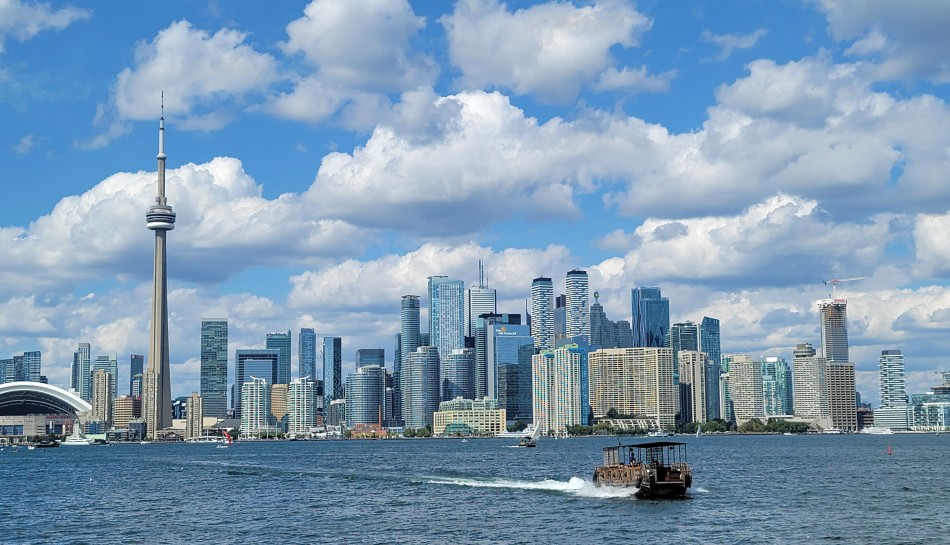According to a recent report by a Quebec-based non-profit think tank, the province’s growth in temporary immigrants was primarily driven by two programs: the Temporary Foreign Worker Program (TFWP) and the International Mobility Program (IMP).
According to this report, published by the Institut du Quebec (IDQ) last month, Quebec’s temporary resident population grew 46% in 2023 and most of this growth was due to an influx of temporary workers. Specifically, Quebec had 167,435 temporary work permit holders last year, almost four times as many as in 2015.
Further details about Quebec’s temporary residence boom
According to the IDQ report, by the end of 2023, the total number of temporary residents in Quebec was 528,034. Broken down further, the report indicates that the province’s temporary resident population included “117,745 foreign students, most of whom have the right to work here, and asylum seekers” in 2023. These numbers, which are in addition to the more than 167,000 temporary work permit holders who worked in Quebec last year, were outlined in a story from the Montreal Gazette published on February 26, 2024.
For context, the IDQ says that number of temporary foreign workers employed across the province was 43,770 in 2015. This represents an increase of more than 280% over eight years.
This level of growth can, at least in part, be attributed to the reality that “temporary immigration programs [in Quebec] lack precise limits, unlike permanent immigration” across the province. This is according to the economists who wrote the report published by the IDQ in February.
Although permanent immigration “is capped at about 50,000 people a year, Quebec has set no limits on temporary residents.” In fact, “new temporary immigrants made up 1.8% of Quebec’s population in 2023” according to the IDQ.
The programs fuelling this increase
The report also notes that Quebec’s temporary residence surge was spearheaded by the TFWP and the IMP. The TFWP is a program that “allows [local] employers to bring [foreign nationals] in to fill vacant positions” while the IMP is a federal program that brings a variety of temporary residents to the province, including foreign graduates.
Broken down by program, the IMP was Quebec’s biggest source of temporary foreign workers in 2023 with 107,615 permit holders. Meanwhile, Quebec’s TFWP “generated 59,820 temporary immigrants last year.”
How has this growth impacted employment in Quebec?
The IDQ says that immigration “was the sole source of growth in Quebec’s labour pool between 2015 and 2023”, specifying that 384,000 Canadian newcomers – 272,000 permanent immigrants and 112,000 temporary residents – entered the provincial labour force in that period while 54,000 Canadian-born workers left the workforce in. Quebec.
Specific to last year, the IDQ notes that “new arrivals explain why Quebec gained about 100,000 working-age individuals” in 2023, adding that this figure is almost triple “the average annual increase [of 39,000] recorded between 2015 and 2022.”
Despite this seemingly positive outcome, the IDQ raises several issues with this new reality.
Firstly, “the IMP doesn’t specifically aim to fill vacant jobs.” Additionally, the IDQ reports that nearly one-quarter (23%) of TFWP participants in 2023 were agricultural workers. According to the report, this showcases that the influx of temporary residents to Quebec has not helped address issues in the provincial employment sectors with the most “critical shortcomings” – namely health care and construction.
Meanwhile, “as the [province’s] population ages and [the government scrambles] to tackle the housing crisis”, thousands of jobs in these two sectors – 45,000 in healthcare and 10,000 in the construction industry – were unoccupied across Quebec as of Q3 2023. The IDQ says that temporary foreign workers are under-represented in both sectors.
One of the report’s co-authors, IDQ executive director Emna Braham, acknowledges that “there are attractiveness issues, including wages and working conditions, but the fact is we are seeing few temporary immigrants active in health care.”
Statistics also show that this boom “has coincided with an economic slowdown” across the province, as the unemployment rate in Quebec rose from 4% to 4.5%.
How has the provincial government in Quebec responded to this growth?
According to Braham, “there [has been] a jump in temporary immigration and an impression that Quebec has lost control, that we weren’t prepared in areas such as housing or public services.”
However, Braham suggests that “maybe the coordination” of immigration policies between the province and Canada’s federal government “has been lacking” (more on this below), adding that she believes Quebec can work towards rectifying labour shortages in key employment sectors by focusing future international recruitment missions [specifically] on health care and construction.
In addition to this, Braham says that a better job needs to be done with recognizing foreign credentials and worker competencies in healthcare and construction while also more broadly “[improving] data collection on temporary immigration”, a change that she says may allow governments to “devise policies that better fit the economy’s needs.”
How IRCC and the government of Quebec work together to bring temporary foreign workers to the province
Although Quebec receives a unique level of autonomy from IRCC, compared to the rest of Canada, with respect to its newcomer policies and procedures, Quebec-based employers are still required to secure a Labour Market Impact Assessment (LMIA) unless exempt when they want to hire a foreign skilled worker on a temporary work permit.
This LMIA, for employers in Quebec, must be obtained in addition to a Certificat d'Acceptation du Quebec (Quebec Acceptance Certificate, CAQ).
The CAQ “certifies that the Quebec Ministère d'Immigration, de Francisation et d'intégration (MIFI) concurs with Service Canada’s assessment that hiring a foreign worker will have a neutral or positive effect on the local labour market.”
Note: CAQs are not required for jobs in Quebec that will last 30 days or less.
Source : cicnews.com




















